PrintBox3d. 3d printer in Russian
Recently I was lucky enough not only to test a Russian printer PrintBox3d , but also to look into the workshop for the production.
What I want to share with habrachitateli.

Chips:
- 2 motors on the Z axis
- Weather resistant frame
- Own stepper motor controllers based on developments for industrial CNCs
- Many spare parts
Caution! Lots of aluminum!
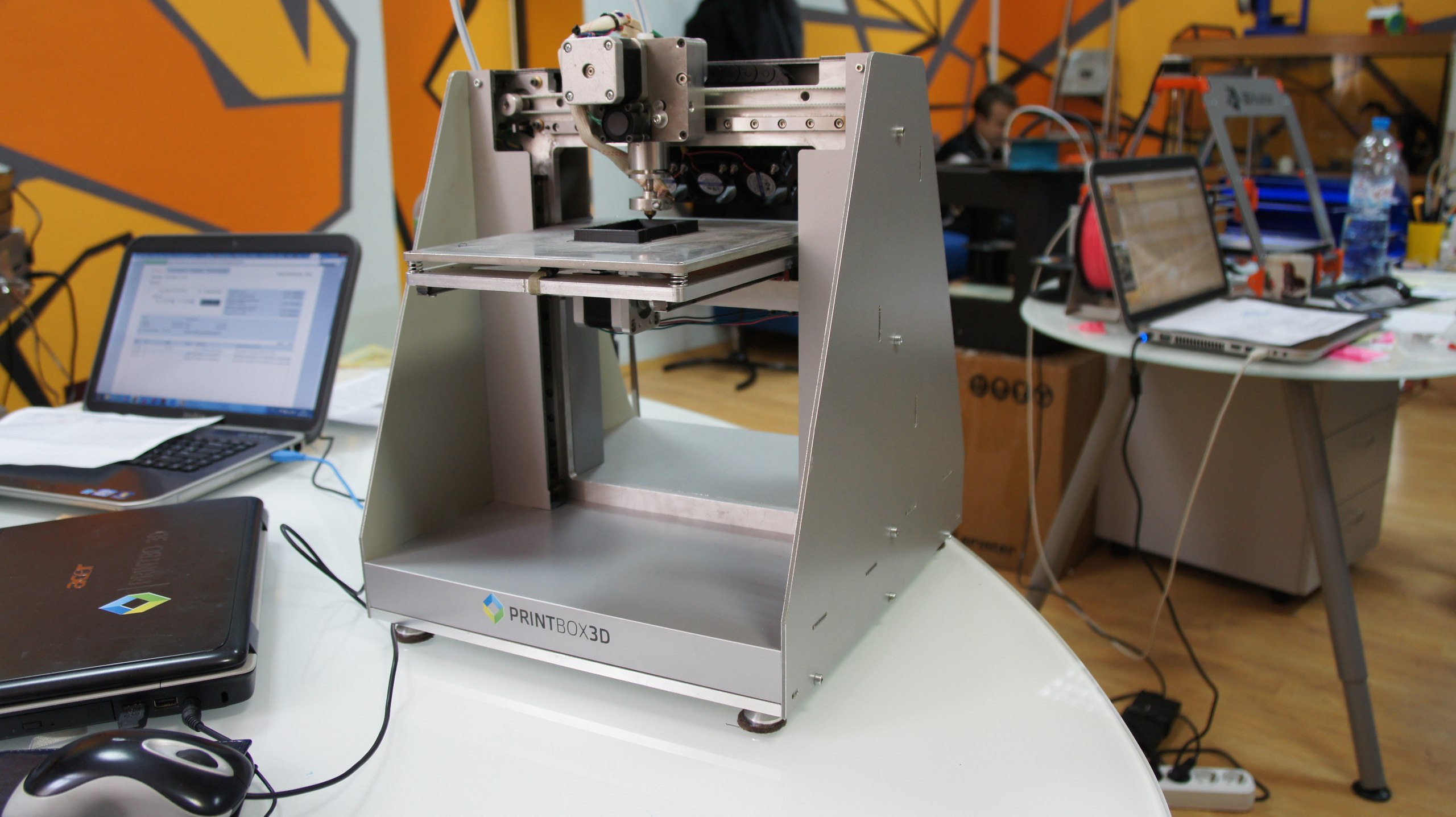
( pictured is the very first prototype printer )
TTX
BUILDING AREA SIZE 185 × 160 × 150 MM
PRINT MATERIAL ABS, PLA, PVA, OTHER
PRINT RESOLUTION (MICRON) 50 (0.05mm)
PRINT SPEED UP TO 30 CM ^ 3 / HOUR
THICKNESS 50 MKM, WALL THICKNESS 190 MKM
OPERATING SYSTEMS WINDOWS XP, WINDOWS 7, MAC OSX, WINDOWS 8, VISTA, LINUX
WEIGHT (WITHOUT PACKING) 10.5 KG
OVERALL DIMENSIONS (WITHOUT PACKING) 320 × 360 × 390 MM
The printer runs on open source software (Cura, Slic3R, and Repetier-Host).
For the convenience of users, the printer developers translated the Cura program into Russian. (for which they respect)
“A good printer, in our understanding, begins with a frame”. The
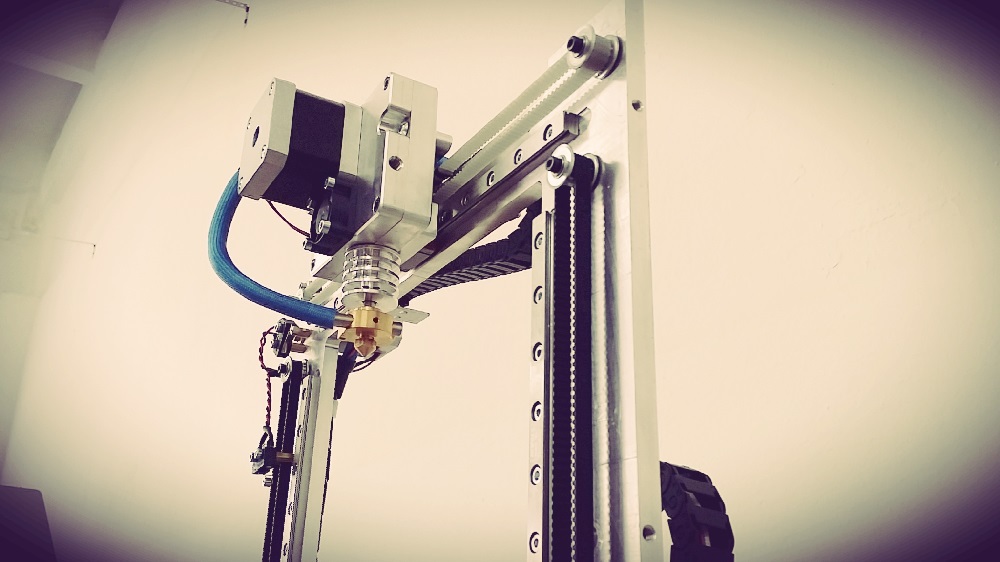
accuracy of a printer (positioning a print head) begins with a frame. The reliability of the design allows it to withstand even “extreme transportation” (Russian Post).
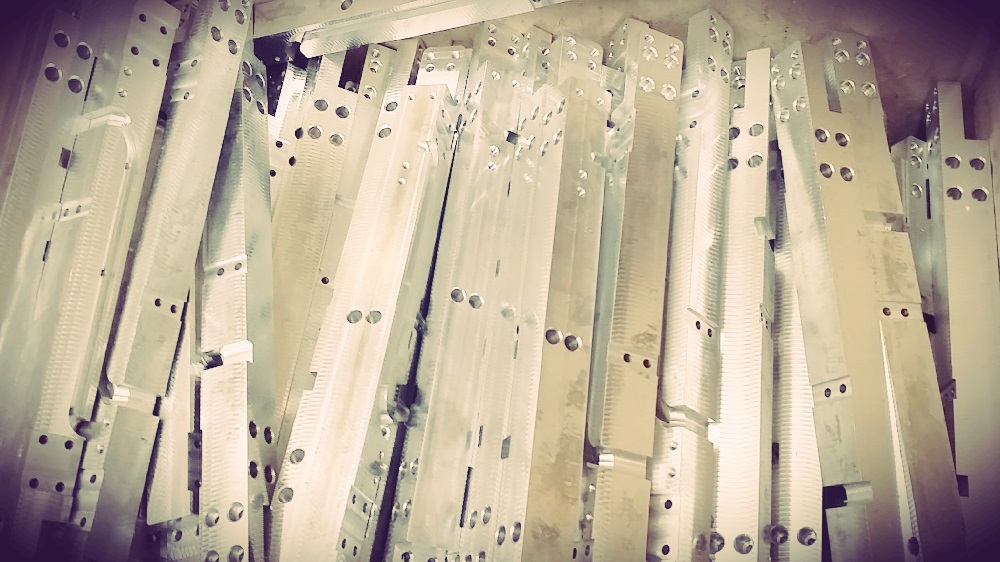
(In terms of its prevalence in the Earth’s crust, aluminum takes the 1st place among metals and the 3rd place among elements, second only to oxygen and silicon. The mass concentration of aluminum in the Earth’s crust according to various researchers is estimated to be from 7.45 to 8.14%).
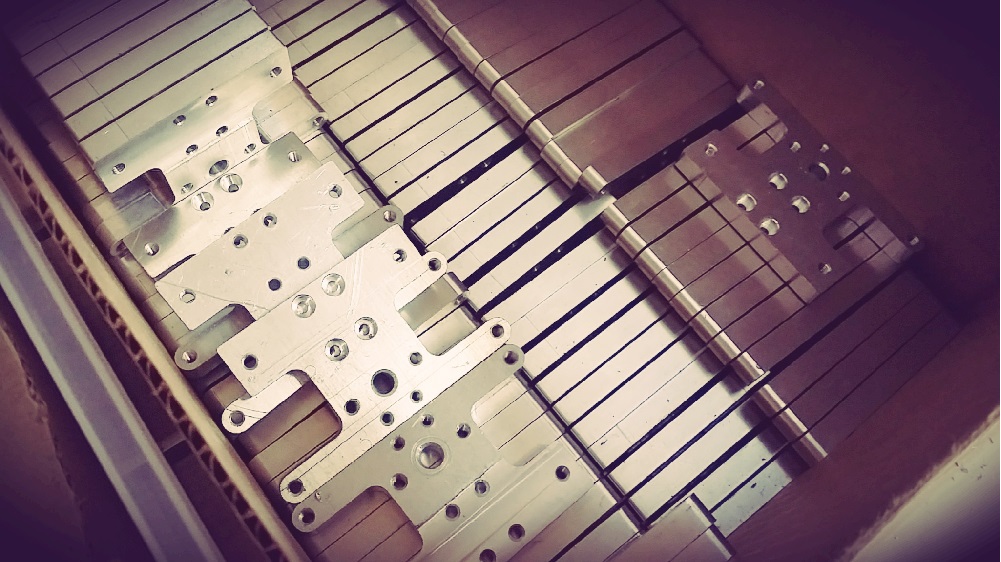
(In the body of an adult, up to 140 mg of aluminum is present. The daily requirement of an adult in aluminum is estimated at 2.45 mg.).
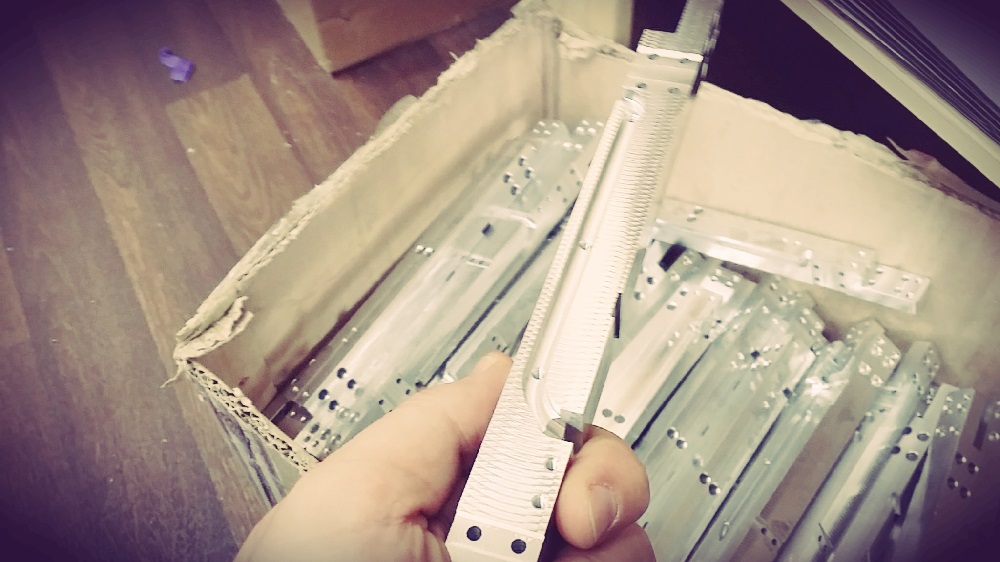
(The oldest item, containing 85% aluminum, dates from the 3rd century AD)
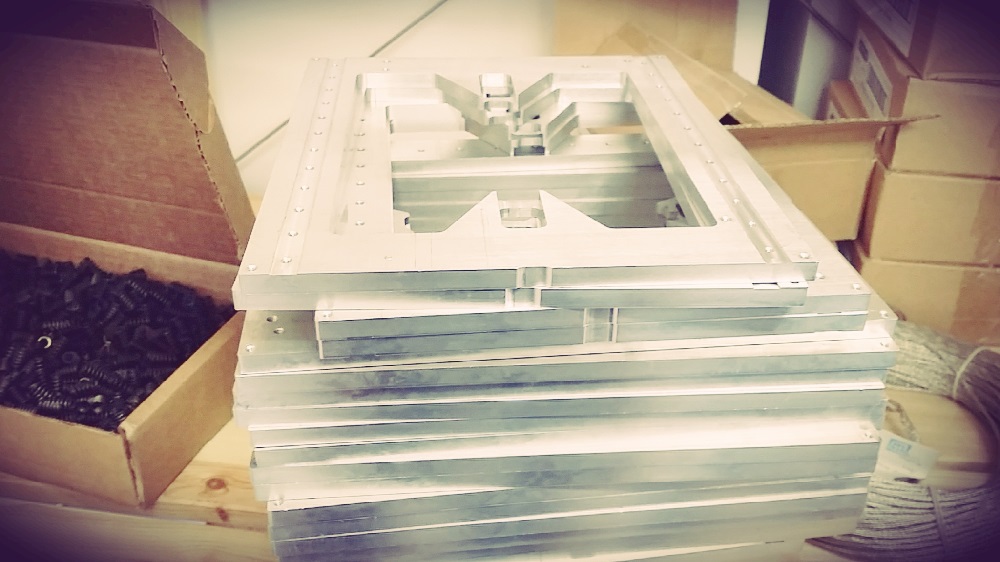
"Our difference from world leaders is based on a powerful frame . "

(Aluminum compounds are found not only on Earth, but also on the Moon and Mars. Aluminum is found even in apples - up to 150 mg / kg.)
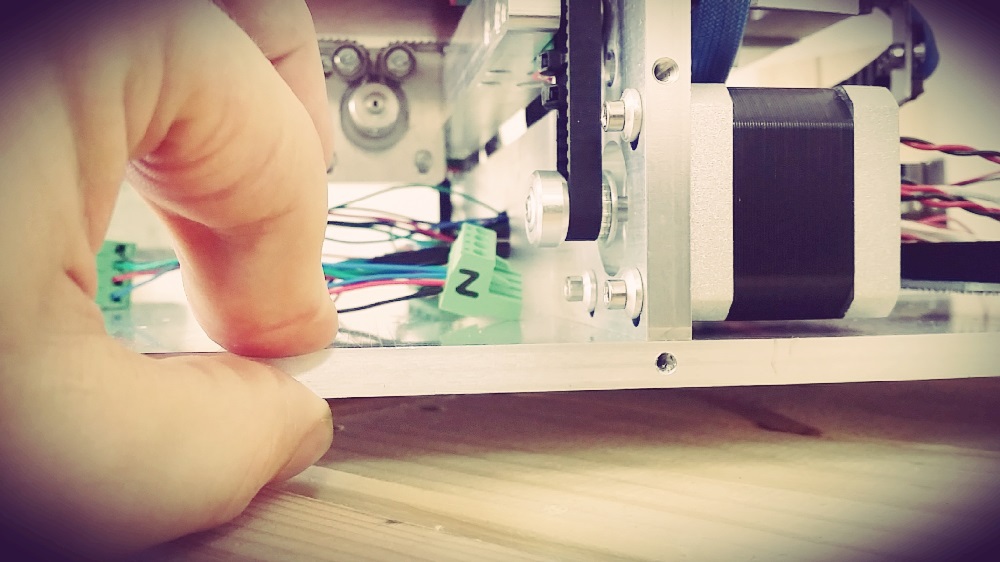
8 mm of pure aluminum.

(The first product made of aluminum was a rattle made for the French Emperor Napoleon III in the 50s of the 19th century).
What ensures the position / movement of the print head / platform (guides) are of 3 types - a screw, a cylinder or a rail.
Screw guides are slow and are used mainly for positioning along the Z axis.
The main load for speed and precise movement lies with either the cylinders or the rails.
The developers of PrintBox3d opted for rail, as “There are only 2 fulcrum points for cylinders and there have been cases where the cylinders bend, for the rail point of support - every 2 cm and the lifespan life of the rails is greater than that of the cylinder.” The
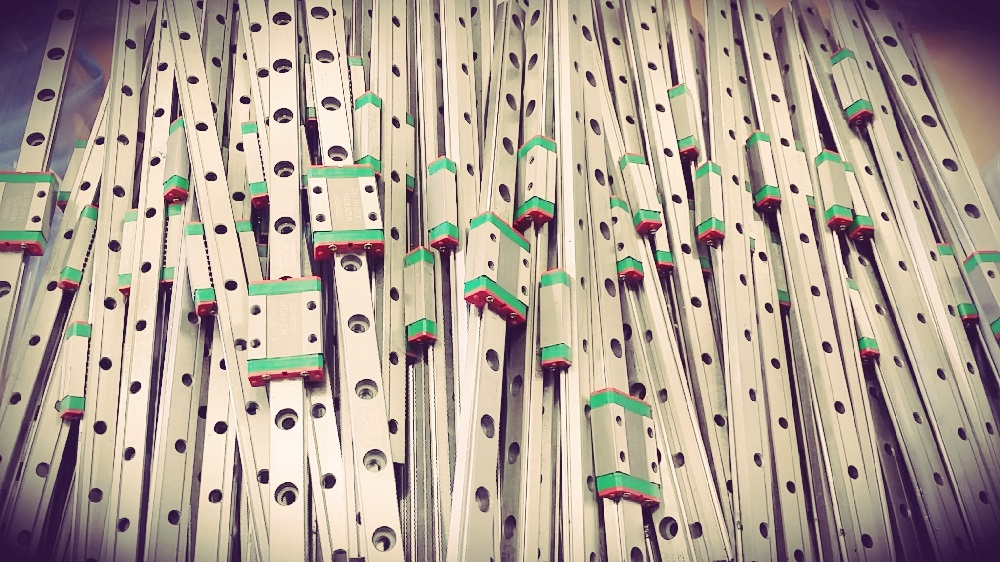
resource of the rail is higher than that of the cylinders.
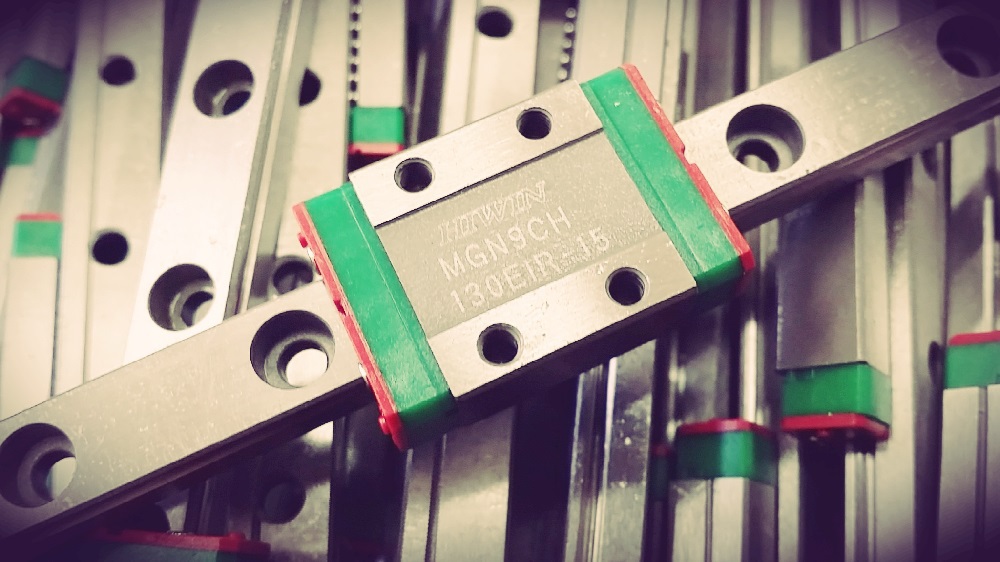
Support points every 2 cm.
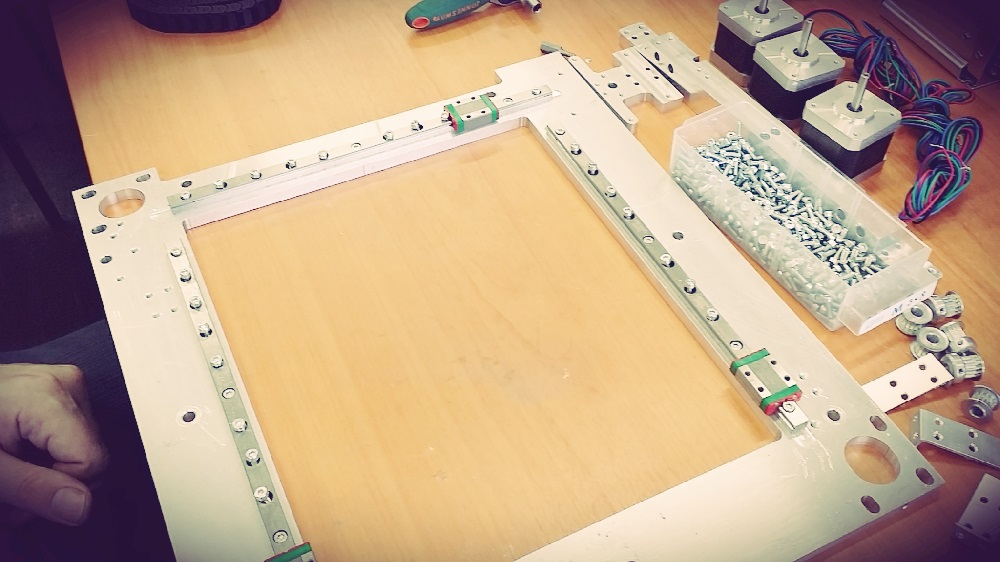
Precise milling on a CNC machine = precise and rigid construction.
Aluminum is stronger than plastic, glass, textolite. Yes, and he has better thermal conductivity.
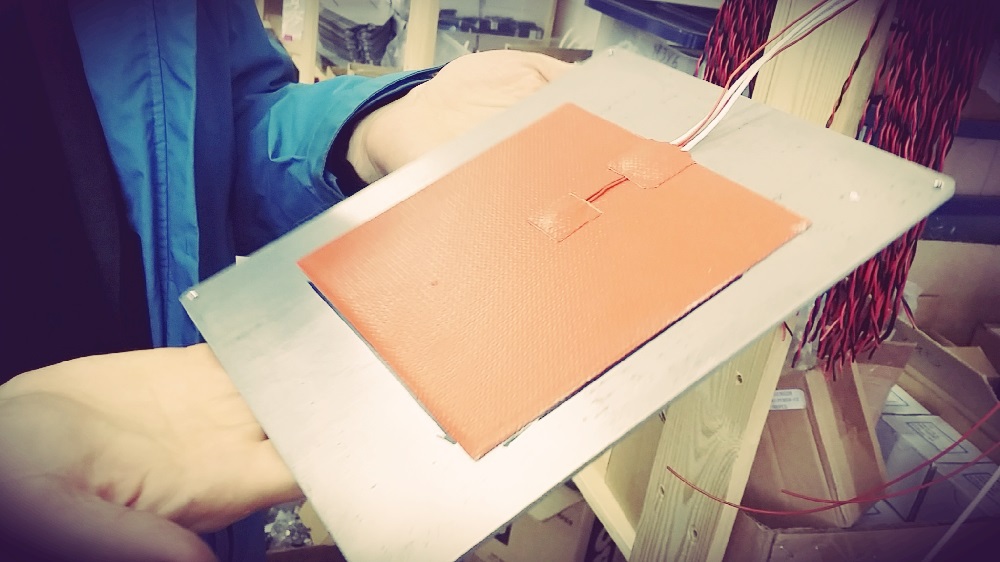
Aluminum platform with flexible bottom heater. The size of the heater is smaller than the size of the platform - 15x15 cm.
But, due to the good thermal conductivity of aluminum, the heating of the platform is uniform.
Horizon adjustment (platform calibration) is done manually with screws, it is done 1 time in production (mounting rigidity and design features allow you to configure once and for a long time.)
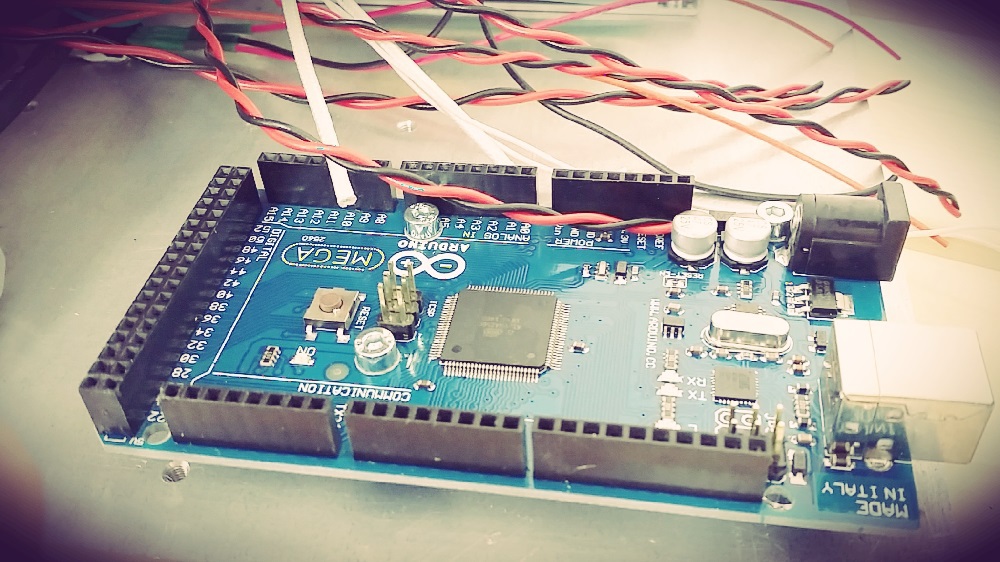
There is arduino as a control board - but each motor has its own stepper motor controller (this allows better to suppress inertia, operate at higher powers.)
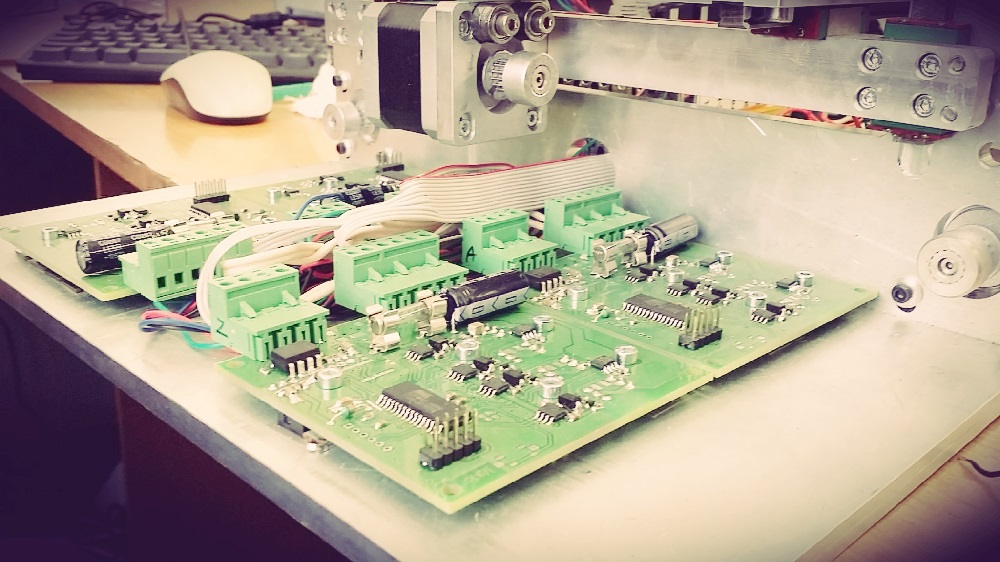
Each motor has its own controller (total 4 controllers, remember that we have 2 motors on the Z axis .)
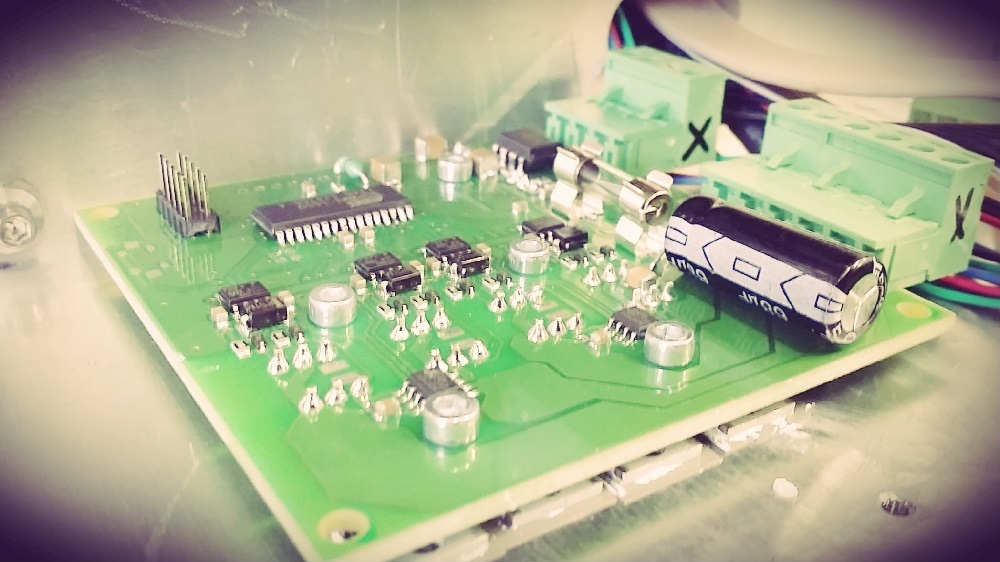
Fuse. Saves. (These are Russian sockets)
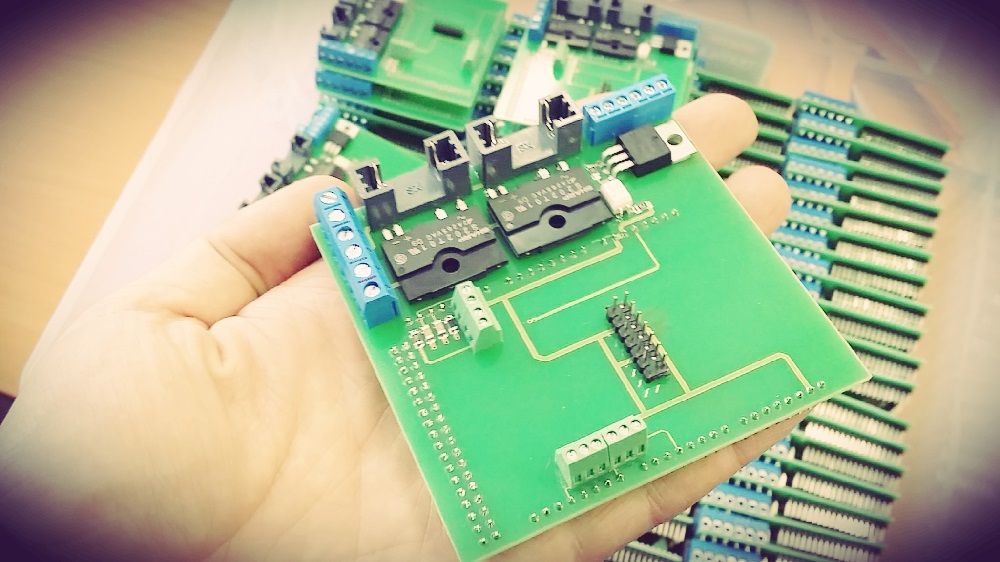
Controllers are of their own design and own production.
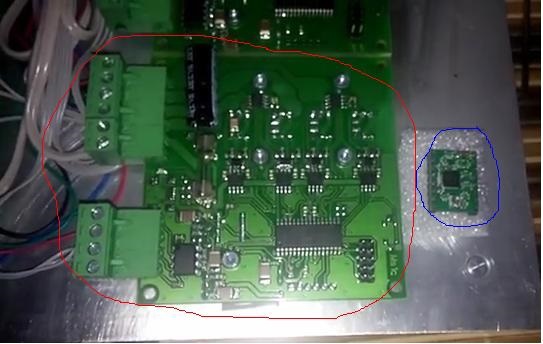
Comparison red - Russian controller, blue - Chinese controller.
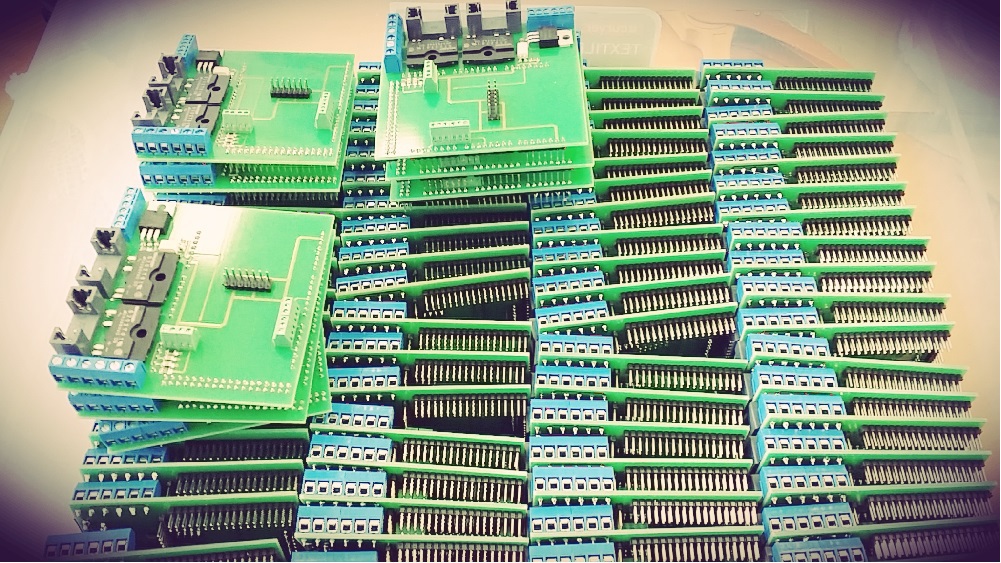
There are also spare ones.

Large = powerful motor on the extruder. (The rigidity of the frame and its own drivers allow you to precisely control the heavy part at high speeds with a sharp change in direction.)

A powerful motor allows you to push viscous plastic through a narrow nozzle at high speeds and with high quality / accuracy.
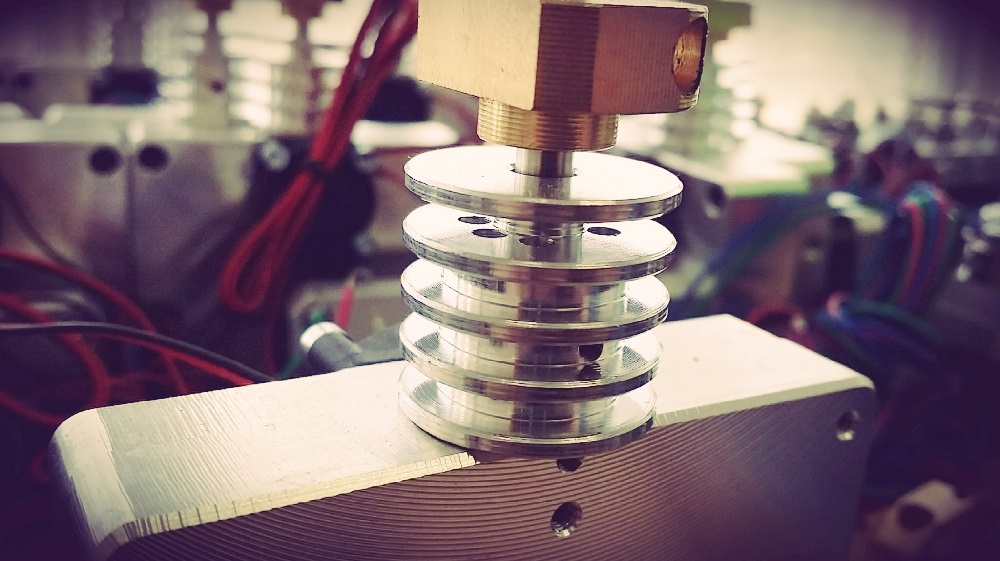
Original design - air passes inside the radiator (round holes in center).
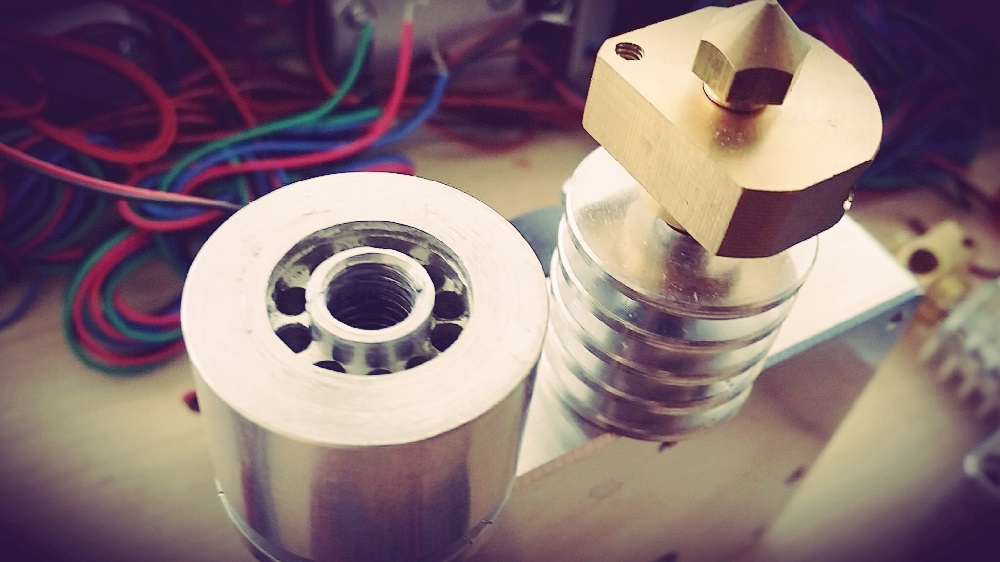
Working prototype (left) and the final industrial version of the radiator (right).
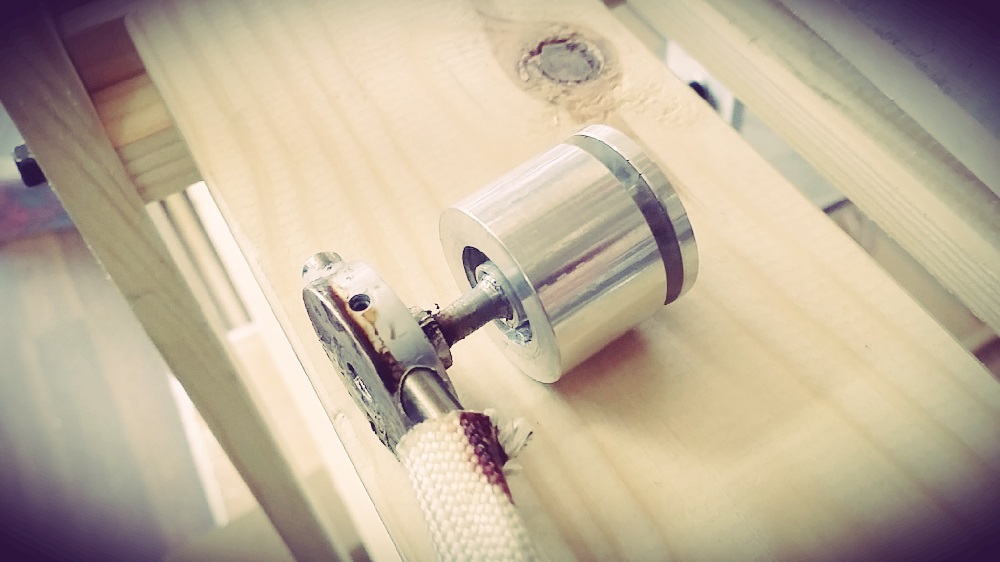
One of the first versions of the radiator and heater - passed numerous tests.
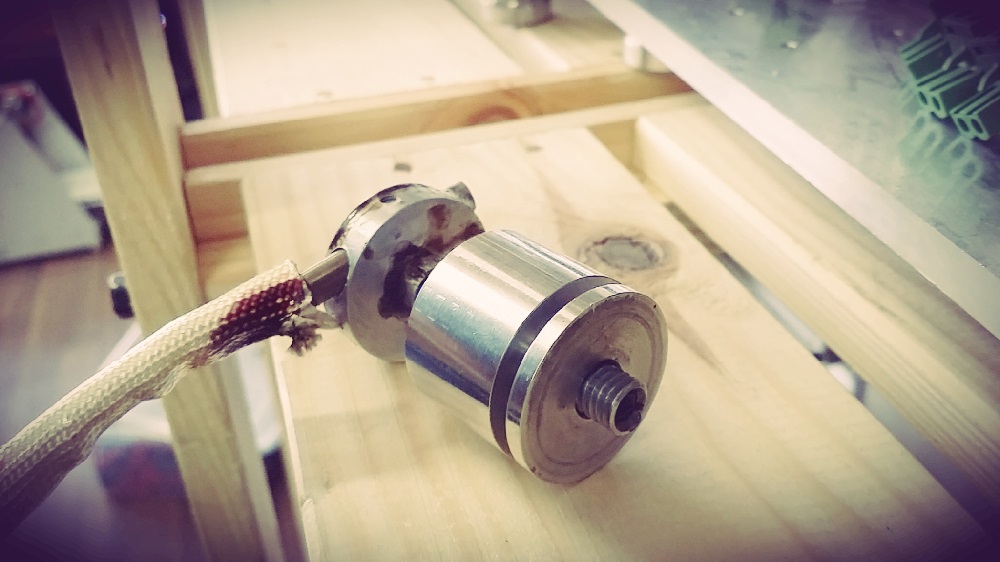
I've seen a lot ... The
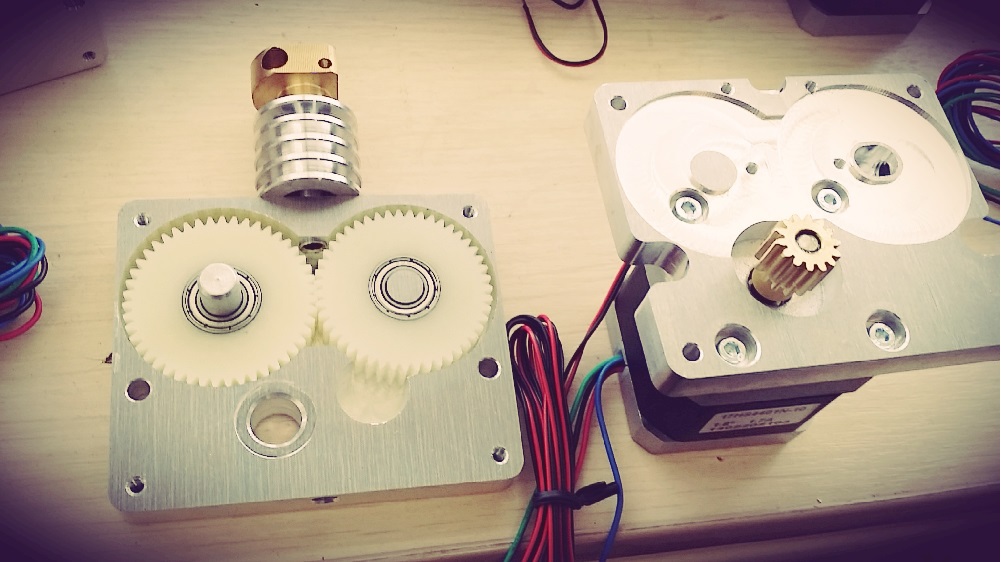
extruder with the cover removed.
Gears are made of high-quality European PTFE.
It glides quite well, erases very poorly and holds high temperatures.
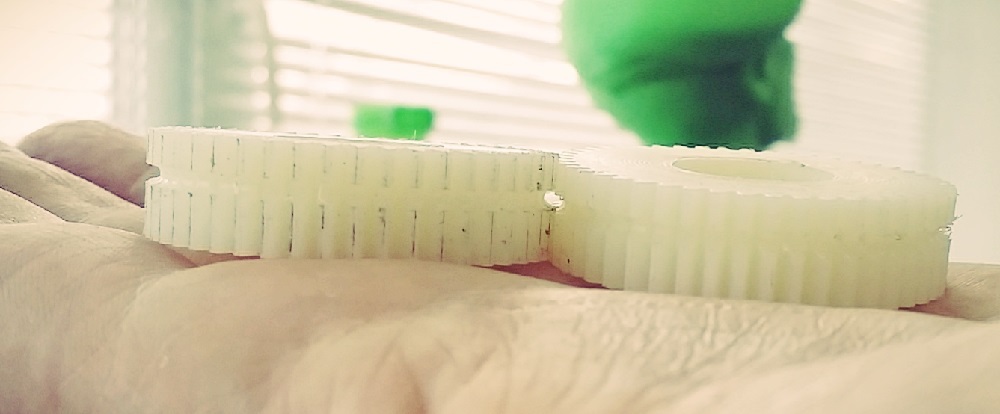
Non-scratching (crimping) plastic feed format, which allows printing with very thin nozzles at high speed. The
plastic is clamped and pulled into the hole between the gears.
In conventional printers, the plastic is pushed by the teeth and, due to this, is scratched and deformed, which introduces a distortion in the speed / accuracy of printing, here the plastic is not pushed by the teeth, but squeezed from all sides. As a result, the absence of “artifacts” and “spaces”.
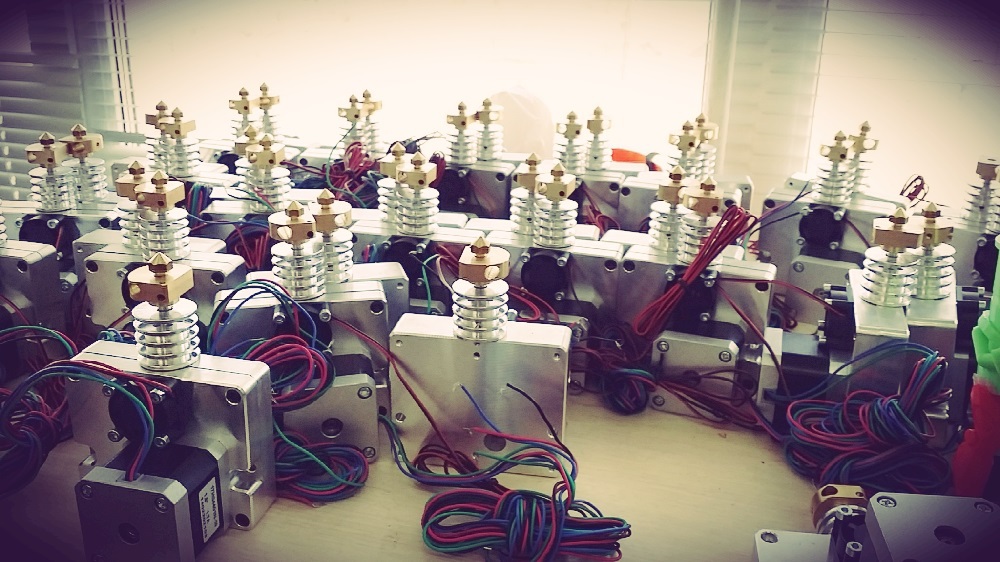
Because production is located in Russia, there are many parts on this side of the border. (Has anyone tried to get a spare extruder / component for Replicator or Solidoodle from the USA / Germany / Netherlands / China?)
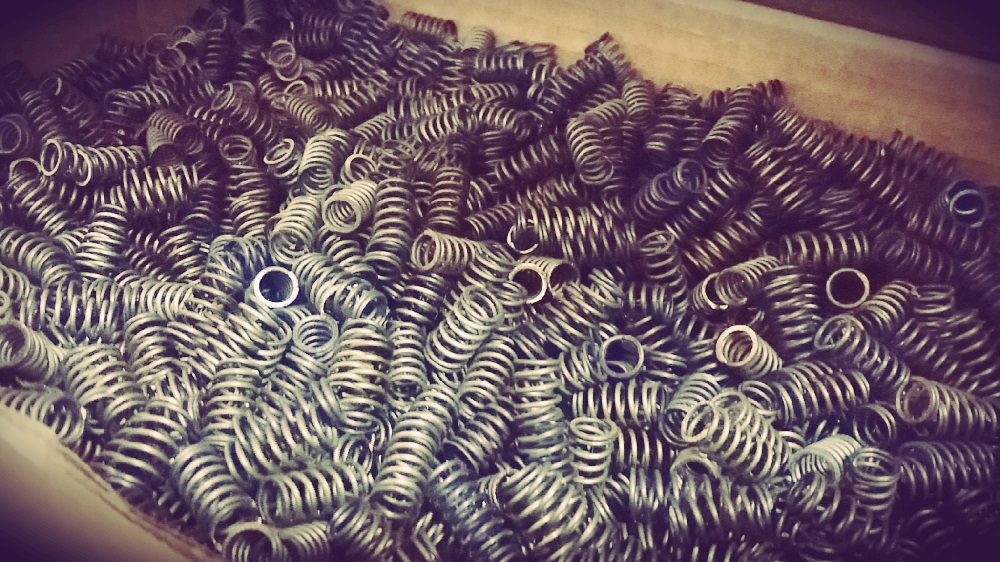
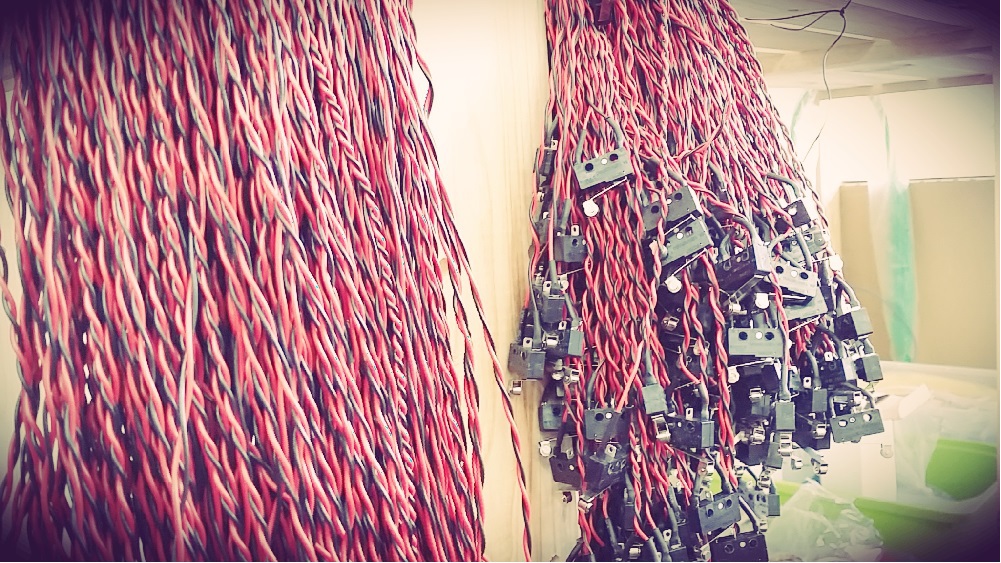
Buzz?

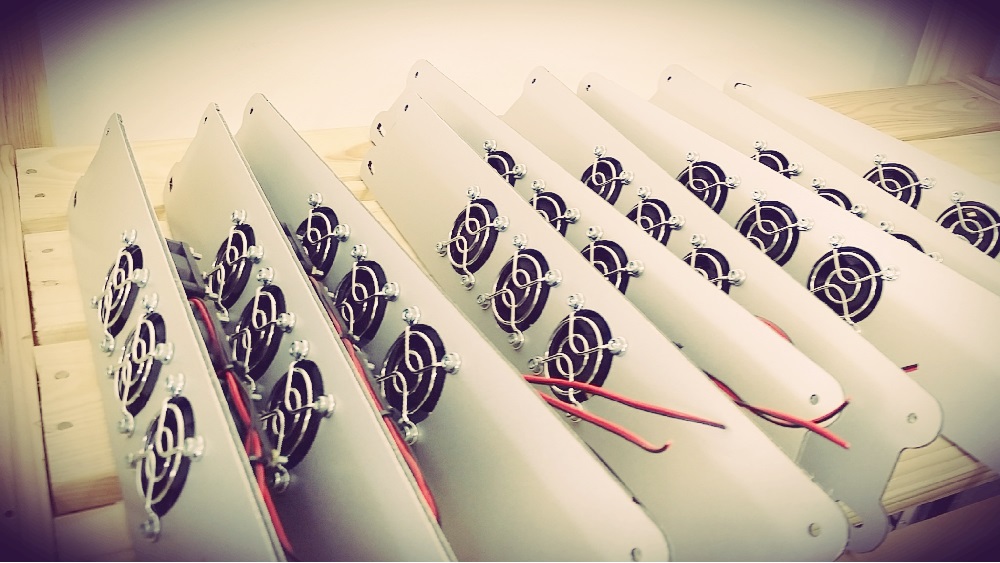
The largest number of fans.
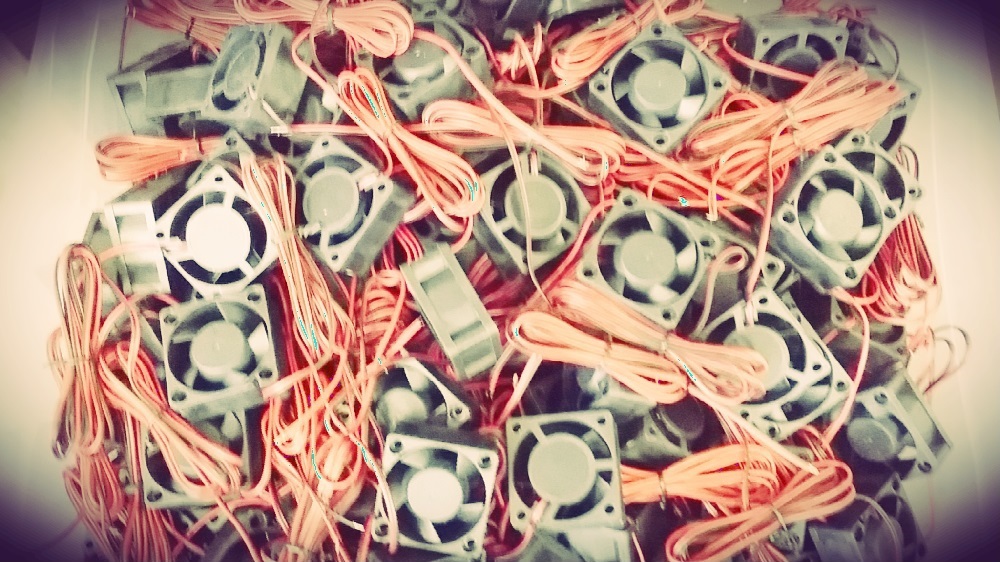
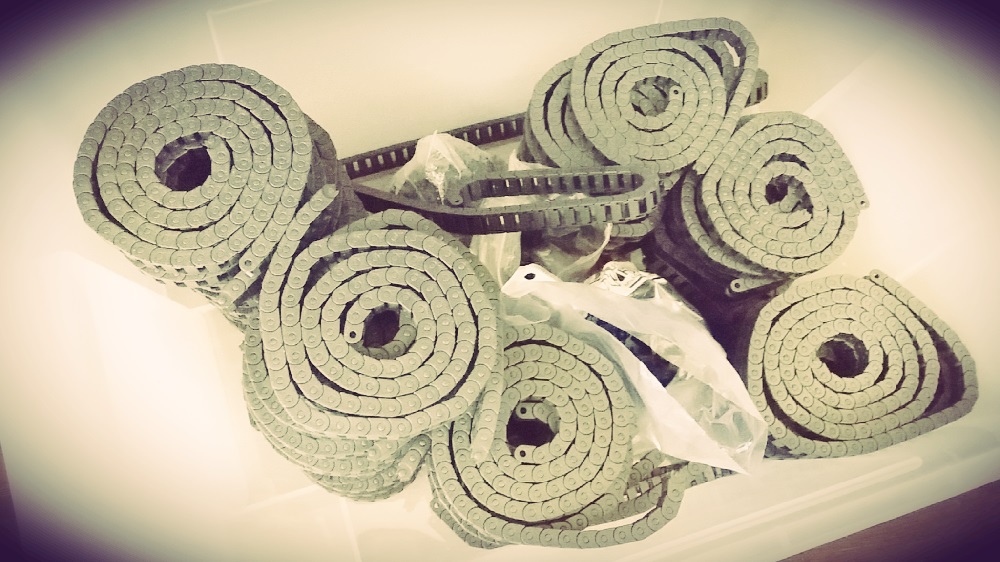
cable channel for securing wires to the extruder.
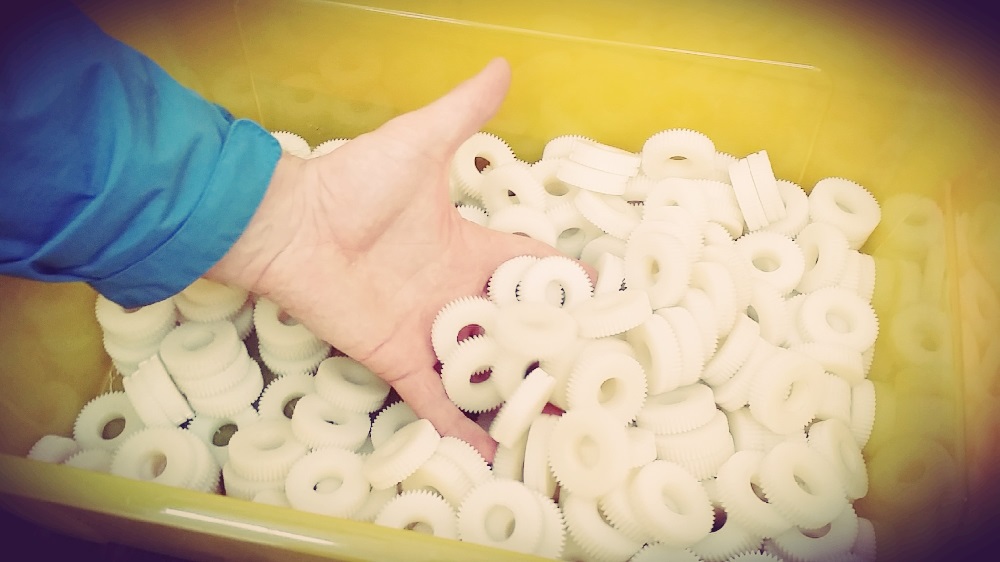
Own gear production for extruder.
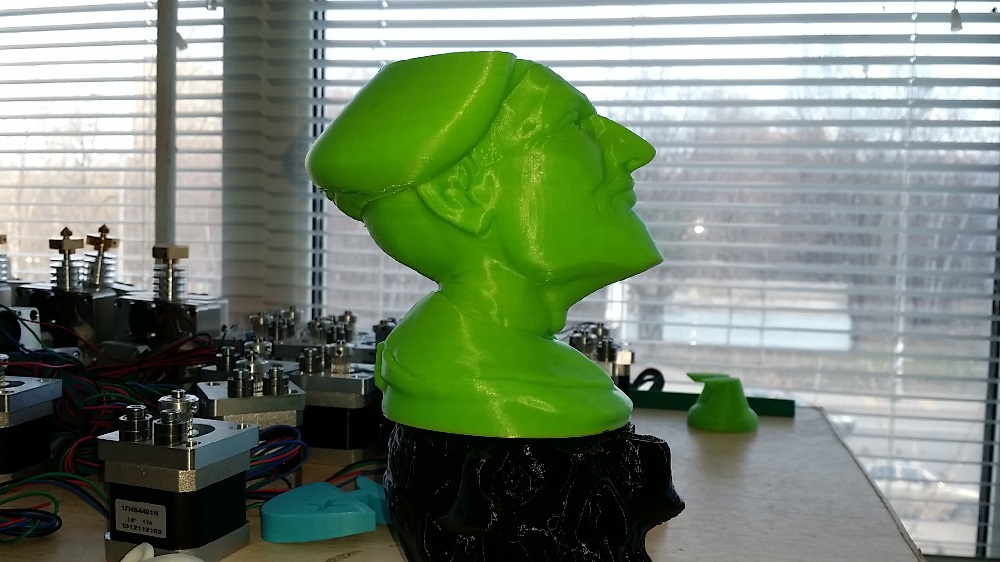
One of the distinguishing features is printing at an extreme angle without supports.
This figure is printed without supports - the chin and the back of the head are printed almost overhang.
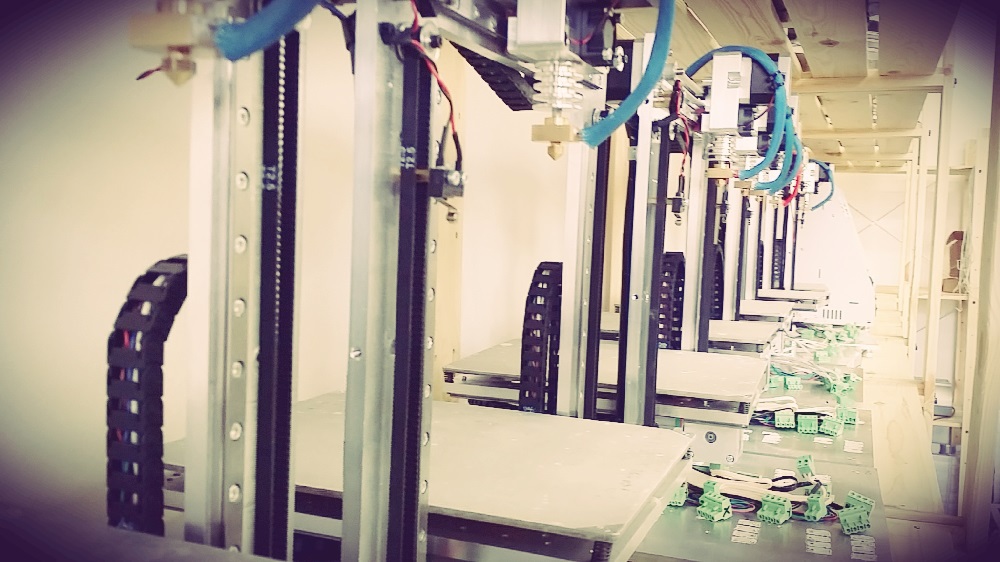
If a “foreign” 3D printer breaks down (although 3D printers break very rarely) then it will need to be sent for warranty repair to Germany / USA, and then wait for it back. Read about speed of delivery from abroad here .
For a Russian printer, this period is reduced (not six months, but weeks).

cable channel for securing wires to the extruder.

All printers pass control before being sent to the client - several details are printed on them. In the photo there is a
detail for checking the evenness of the table and the accuracy of the laying of layers.
P.S. Great TED video motivating to create instead of consuming.
I also want to express my gratitude to the creators of 3D printers for their contribution to the cause of the "creators" and for the opportunity to "spy" a little on this process.
What I want to share with habrachitateli.

This is not a gadget, it is a workhorse that will work for years.
Unlike consumers of “home” models, our customer is a professional or an amateur, but with high requirements for print quality, ready to deal with software and to whom accuracy and performance are more important than convenience and design.
Chips:
- 2 motors on the Z axis
- Weather resistant frame
- Own stepper motor controllers based on developments for industrial CNCs
- Many spare parts
Caution! Lots of aluminum!
When designing the printer, we laid the foundation for the design of a good machine
General form

( pictured is the very first prototype printer )
TTX
BUILDING AREA SIZE 185 × 160 × 150 MM
PRINT MATERIAL ABS, PLA, PVA, OTHER
PRINT RESOLUTION (MICRON) 50 (0.05mm)
PRINT SPEED UP TO 30 CM ^ 3 / HOUR
THICKNESS 50 MKM, WALL THICKNESS 190 MKM
OPERATING SYSTEMS WINDOWS XP, WINDOWS 7, MAC OSX, WINDOWS 8, VISTA, LINUX
WEIGHT (WITHOUT PACKING) 10.5 KG
OVERALL DIMENSIONS (WITHOUT PACKING) 320 × 360 × 390 MM
Soft
The printer runs on open source software (Cura, Slic3R, and Repetier-Host).
For the convenience of users, the printer developers translated the Cura program into Russian. (for which they respect)
Frame
“A good printer, in our understanding, begins with a frame”. The

accuracy of a printer (positioning a print head) begins with a frame. The reliability of the design allows it to withstand even “extreme transportation” (Russian Post).

(In terms of its prevalence in the Earth’s crust, aluminum takes the 1st place among metals and the 3rd place among elements, second only to oxygen and silicon. The mass concentration of aluminum in the Earth’s crust according to various researchers is estimated to be from 7.45 to 8.14%).

(In the body of an adult, up to 140 mg of aluminum is present. The daily requirement of an adult in aluminum is estimated at 2.45 mg.).

(The oldest item, containing 85% aluminum, dates from the 3rd century AD)

"Our difference from world leaders is based on a powerful frame . "

(Aluminum compounds are found not only on Earth, but also on the Moon and Mars. Aluminum is found even in apples - up to 150 mg / kg.)

8 mm of pure aluminum.

(The first product made of aluminum was a rattle made for the French Emperor Napoleon III in the 50s of the 19th century).
Guides
What ensures the position / movement of the print head / platform (guides) are of 3 types - a screw, a cylinder or a rail.
Screw guides are slow and are used mainly for positioning along the Z axis.
The main load for speed and precise movement lies with either the cylinders or the rails.
The developers of PrintBox3d opted for rail, as “There are only 2 fulcrum points for cylinders and there have been cases where the cylinders bend, for the rail point of support - every 2 cm and the lifespan life of the rails is greater than that of the cylinder.” The

resource of the rail is higher than that of the cylinders.

Support points every 2 cm.

Precise milling on a CNC machine = precise and rigid construction.
Platform
Aluminum is stronger than plastic, glass, textolite. Yes, and he has better thermal conductivity.

Aluminum platform with flexible bottom heater. The size of the heater is smaller than the size of the platform - 15x15 cm.
But, due to the good thermal conductivity of aluminum, the heating of the platform is uniform.
Horizon adjustment (platform calibration) is done manually with screws, it is done 1 time in production (mounting rigidity and design features allow you to configure once and for a long time.)
Electronics

There is arduino as a control board - but each motor has its own stepper motor controller (this allows better to suppress inertia, operate at higher powers.)

Each motor has its own controller (total 4 controllers, remember that we have 2 motors on the Z axis .)

Fuse. Saves. (These are Russian sockets)

Controllers are of their own design and own production.

Comparison red - Russian controller, blue - Chinese controller.

There are also spare ones.
Extruder

Large = powerful motor on the extruder. (The rigidity of the frame and its own drivers allow you to precisely control the heavy part at high speeds with a sharp change in direction.)

A powerful motor allows you to push viscous plastic through a narrow nozzle at high speeds and with high quality / accuracy.

Original design - air passes inside the radiator (round holes in center).

Working prototype (left) and the final industrial version of the radiator (right).

One of the first versions of the radiator and heater - passed numerous tests.

I've seen a lot ... The

extruder with the cover removed.
Gears are made of high-quality European PTFE.
It glides quite well, erases very poorly and holds high temperatures.

Non-scratching (crimping) plastic feed format, which allows printing with very thin nozzles at high speed. The
plastic is clamped and pulled into the hole between the gears.
In conventional printers, the plastic is pushed by the teeth and, due to this, is scratched and deformed, which introduces a distortion in the speed / accuracy of printing, here the plastic is not pushed by the teeth, but squeezed from all sides. As a result, the absence of “artifacts” and “spaces”.

A lot of little things
Because production is located in Russia, there are many parts on this side of the border. (Has anyone tried to get a spare extruder / component for Replicator or Solidoodle from the USA / Germany / Netherlands / China?)


Buzz?


The largest number of fans.


cable channel for securing wires to the extruder.

Own gear production for extruder.
Extreme angles

One of the distinguishing features is printing at an extreme angle without supports.
This figure is printed without supports - the chin and the back of the head are printed almost overhang.

If a “foreign” 3D printer breaks down (although 3D printers break very rarely) then it will need to be sent for warranty repair to Germany / USA, and then wait for it back. Read about speed of delivery from abroad here .
For a Russian printer, this period is reduced (not six months, but weeks).

cable channel for securing wires to the extruder.

All printers pass control before being sent to the client - several details are printed on them. In the photo there is a
detail for checking the evenness of the table and the accuracy of the laying of layers.
We look at the 3D printer as a working tool
Print example
P.S. Great TED video motivating to create instead of consuming.
I also want to express my gratitude to the creators of 3D printers for their contribution to the cause of the "creators" and for the opportunity to "spy" a little on this process.
